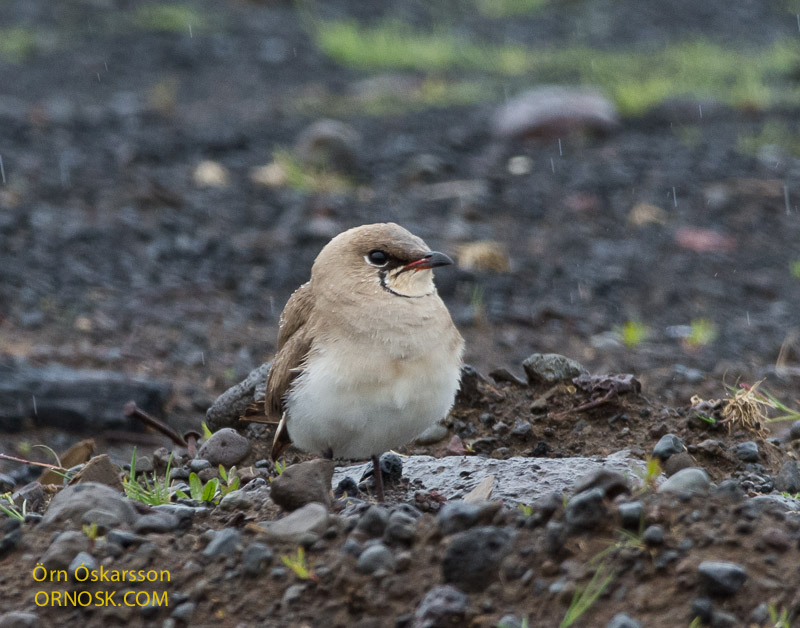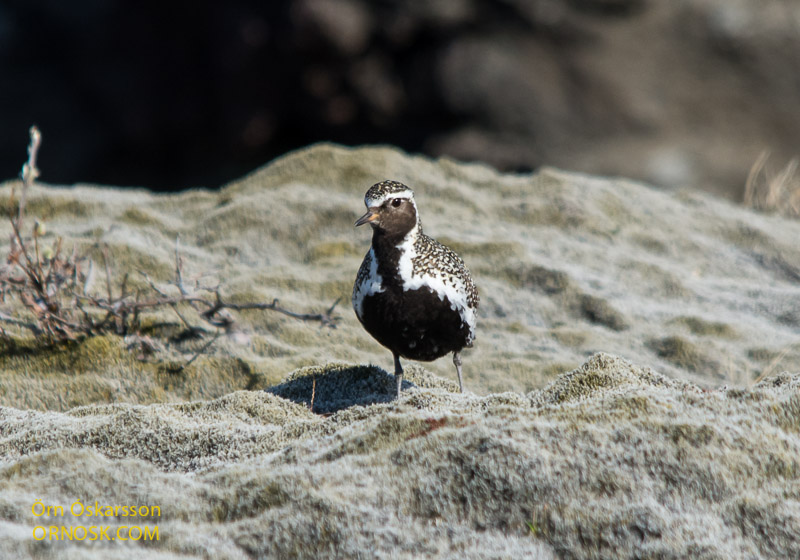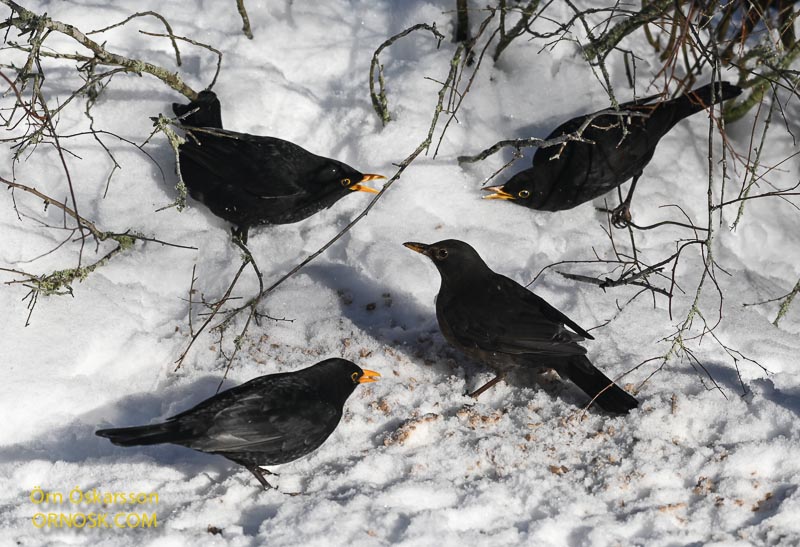
Once again we are in the Icelandic Highlands and the Great Northern Diver, also known as the Common Loon, has arrived in all its splendour to the breeding grounds. It has come from the sea around Iceland where most of the Icelandic stock spend the winter months. Most of the highland lakes in Veiðivötn in the South Interior have one breeding pair and the lake is their territory. They make their nests on small islets or grass tufts in the water and the eggs are two.
The Great Northern Diver is a monogamous bird and the pairs stay together during the breeding time usually for many years in a row. They raise their young ones, one to two chicks, together but do not stay together during the winter. The pair defend their territory which is usually a lake, or a bay in a lake if the lake is big enough. In the event of one of them being chased away by a rival – these are usually younger males or females, the one left establishes a relationship with the new member. Most Great Northern Divers therefore have two or more mates during their lives.



























